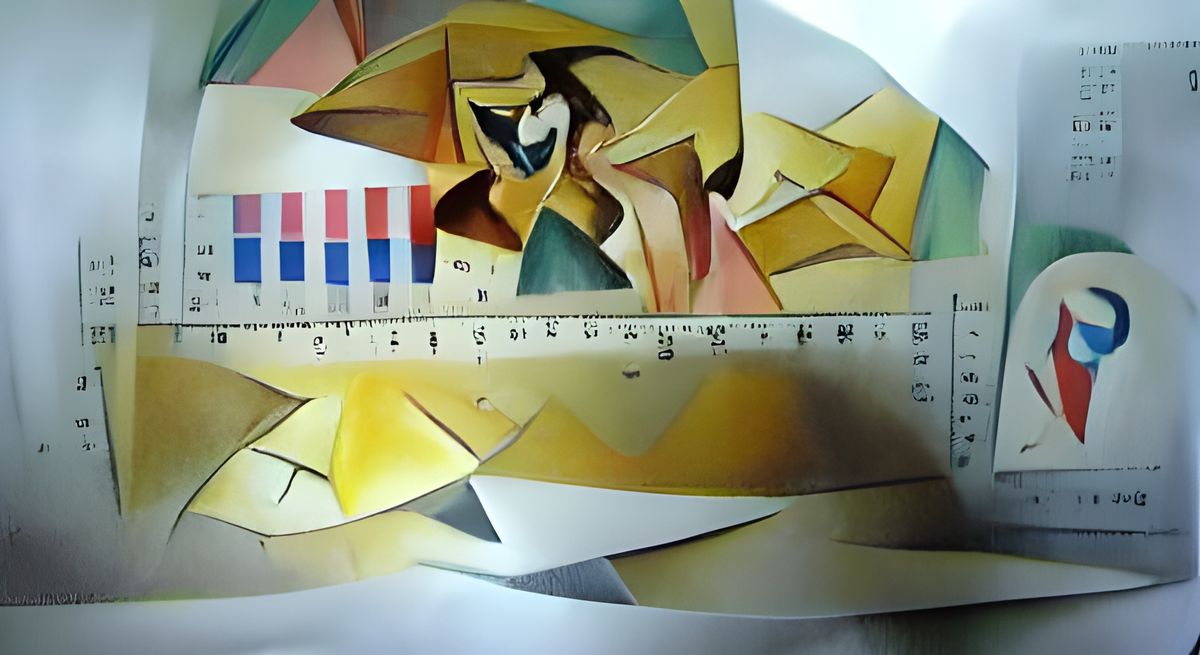Grading & Ranking (Paradox Pair #45)
Grading is straightforward when the objective has unambiguous answers, ranking is better in the more ambiguous corporate world.

Our brains seek to categorize the world around us. As we mentioned in Vulnerability & Confidence (Paradox Pair #26), we are wired for pattern recognition. This gives us the ability to quickly make conclusions with only a small amount of data. When evaluating options it is common to hear someone ask what grade you would give a particular solution. Those of us in the United States immediately think of the letter grading system from primary school where "A" is the best and "F" represents failure. This is so common that we easily incorporate this terminology into our vernacular, for example, "that person is an A-player".
Grading is straightforward when the objective has unambiguous answers, like the result of a calculation or a selection on a multiple choice test. While this works fine in an academic setting, this isn't how we encounter the working environment where we often lack established success criteria for evaluation. In the corporate world grading tends to be subjective, based on intuition and our gut, and we're often too over confident in our final assessment. Even for important decisions such as employee performance evaluations we grade employees without particularly well defined criteria for success.
"The goal of judgment is accuracy, not individual expression." -Noise: A Flaw in Human Judgement, Daniel Kahneman, Olivier Sibony, & Cass R. Sunstein
A better method would be to rank our choices. This approach forces us to compare options and provides valuable guidance on our priorities. We can be more confident in our judgements if they are placed on a relative scale because it gives us more clarity about how the choices compare to each other. In places where we need to make a grade rather than a rank, we strive to determine this independent of others [see Fitting In & Speaking Out (Paradox Pair #42)], and then compare and aggregate the grades. This taps into the Wisdom of Crowds and leads to more accurate results.
See the whole series by using the Paradox Pairs Index




